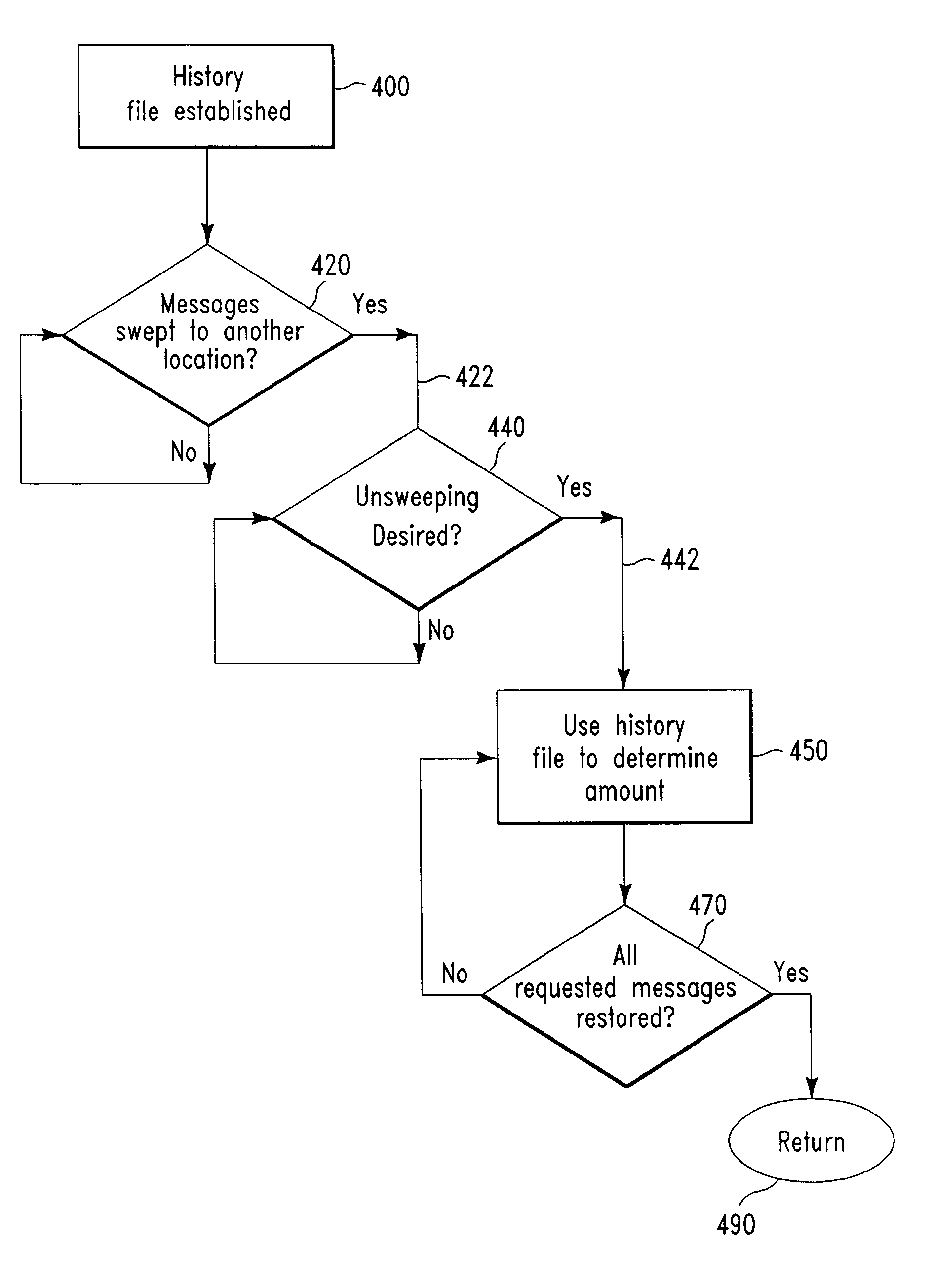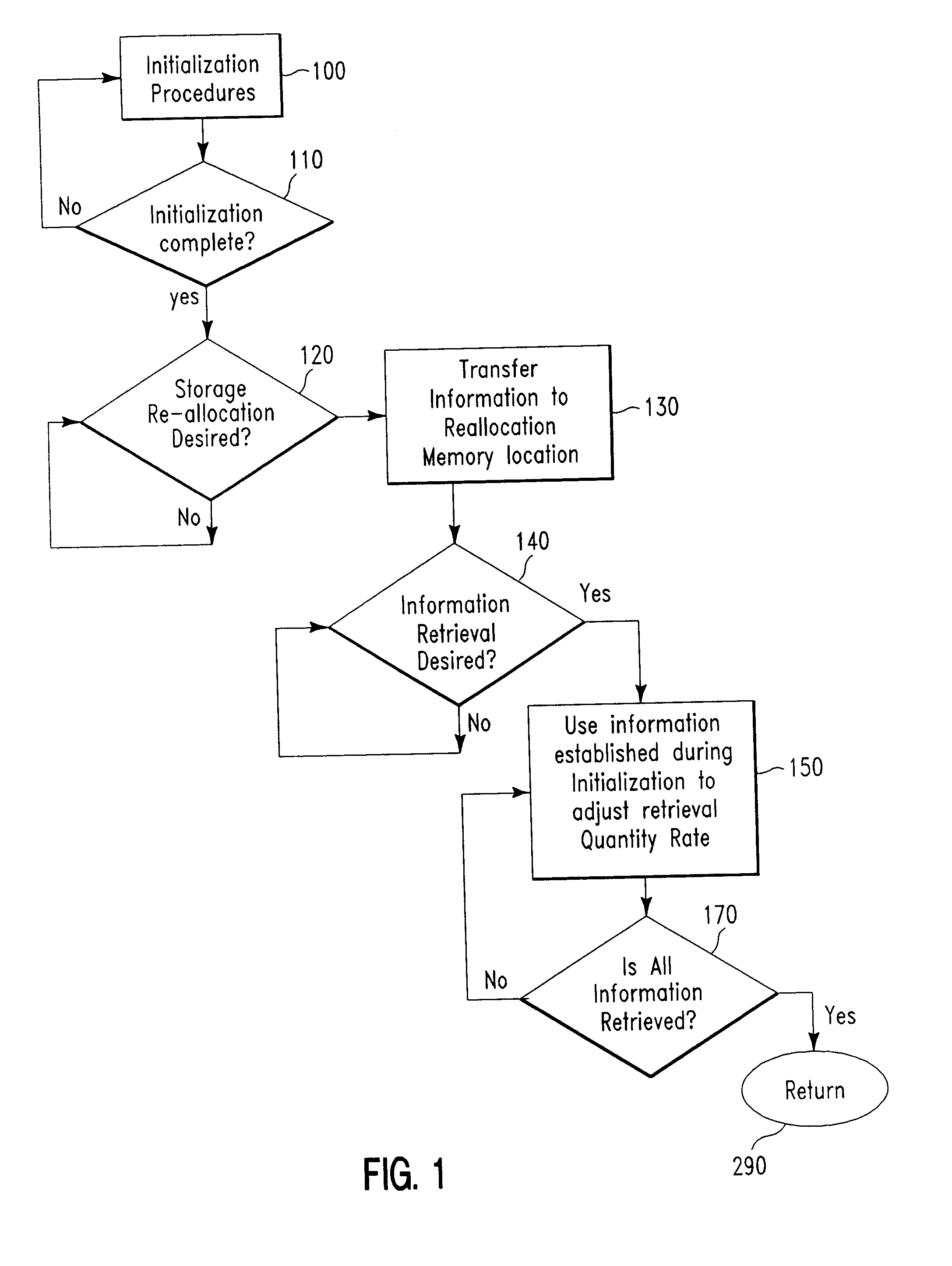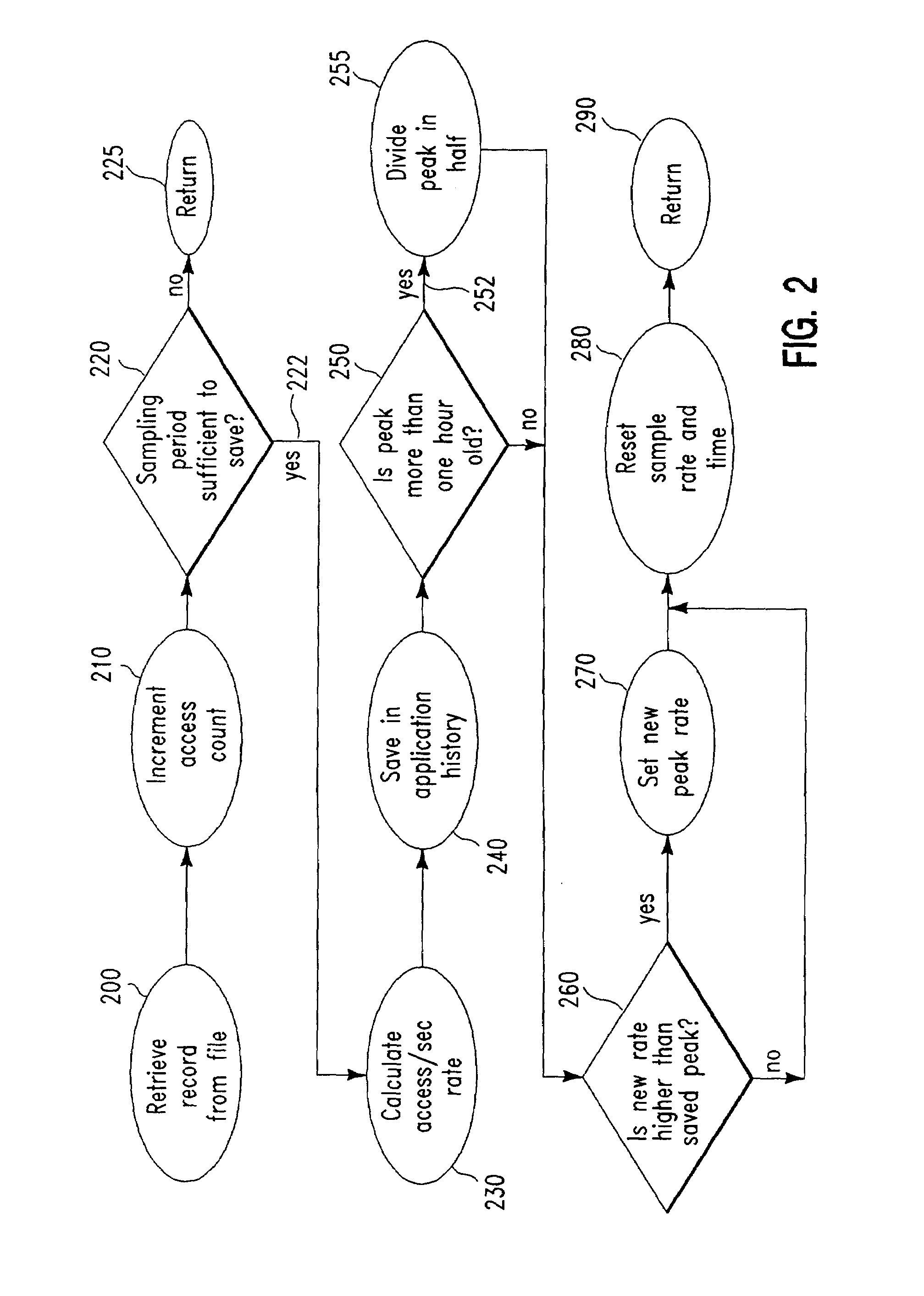Structure and method for efficient management of memory resources
a memory resource and management method technology, applied in the field of computer systems, can solve the problems of inability to store further, inability to use further, and inability to meet the needs of the user,
- Summary
- Abstract
- Description
- Claims
- Application Information
AI Technical Summary
Benefits of technology
Problems solved by technology
Method used
Image
Examples
Embodiment Construction
[0020]The present invention addresses and solves the problems associated with the prior art methodology currently in practice for the management of storage and retrieval of information, especially as it relates to information stored in messaging queues. The present invention provides for a technique that utilizes both a permanent memory and an alternate complementary memory, hereinafter referenced as alternate memory, to address information storage needs of the environment. Information may be reallocated either selectively, such as by a user, or based on capacity restrictions. After reallocation, the present invention provides for a retrieval technique during which the reallocated information can be restored back to the permanent memory under optimal processing conditions, so that the permanent memory and the environment are neither under-utilized nor overwhelmed during the process of information restoration.
[0021]FIG. 1 is a flowchart illustrating an embodiment of the present inven...
PUM
 Login to View More
Login to View More Abstract
Description
Claims
Application Information
 Login to View More
Login to View More - R&D
- Intellectual Property
- Life Sciences
- Materials
- Tech Scout
- Unparalleled Data Quality
- Higher Quality Content
- 60% Fewer Hallucinations
Browse by: Latest US Patents, China's latest patents, Technical Efficacy Thesaurus, Application Domain, Technology Topic, Popular Technical Reports.
© 2025 PatSnap. All rights reserved.Legal|Privacy policy|Modern Slavery Act Transparency Statement|Sitemap|About US| Contact US: help@patsnap.com



